Learn!Update of practical subjects of national defense knowledge competition in Guangming District
Author:Guangming Mercy Time:2022.08.12

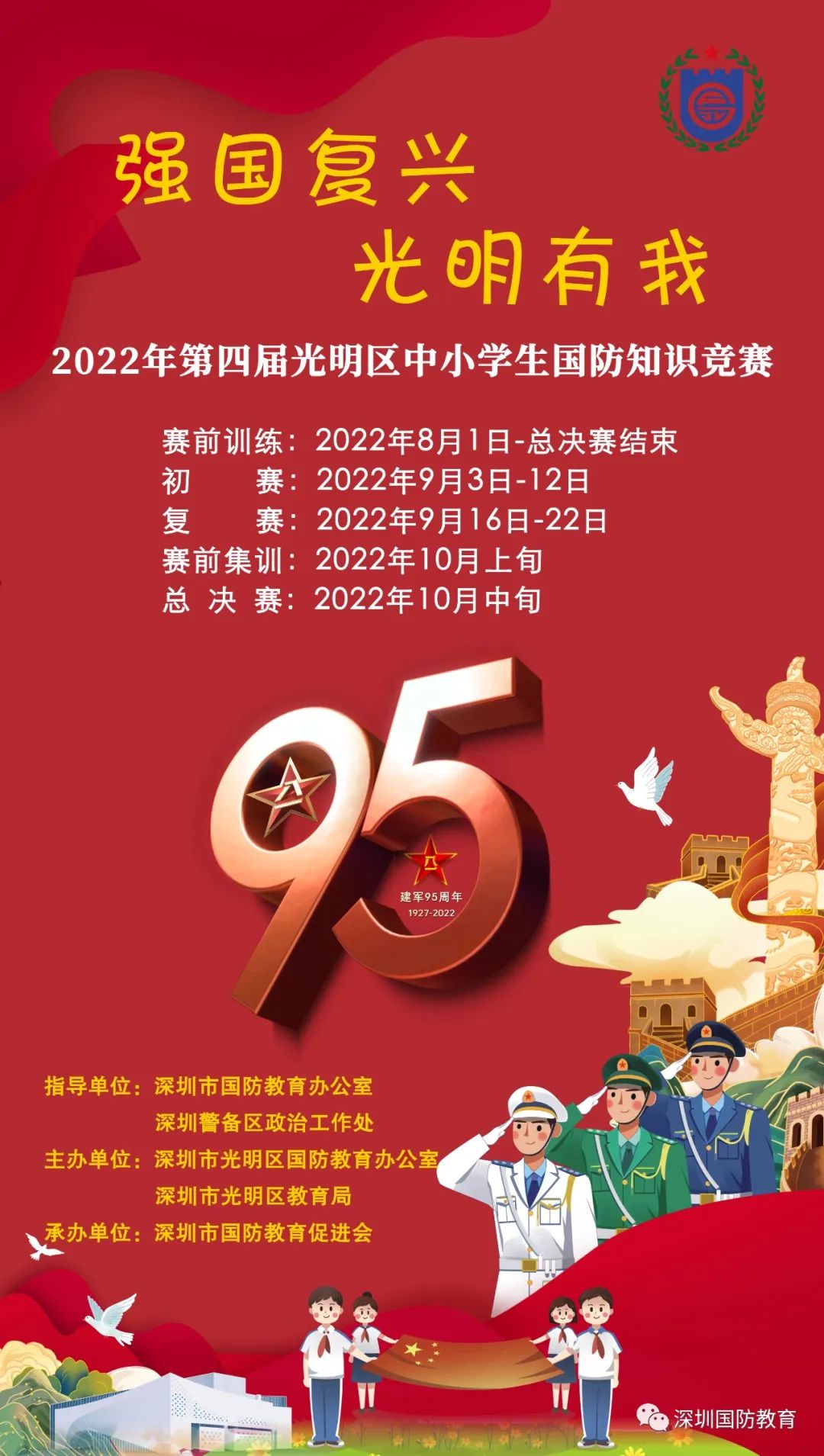

A hopeful nation must not have no heroes, and a promising country cannot have no pioneers. The British model is the most distinctive spiritual coordinate of the era. Respecting the British model is the consensus that the whole society should condense.
Since 1996, with the approval of the Central Military Commission, the entire units of the entire army have been hung up, and the portrait of eight British models in various periods that was uniformly produced by the former Political Department of the PLA was uniformly produced. The names of the eight British models are: "Communist Warrior" Zhang Side; Dong Cunrui, the hero who blew up the bunker; Huang Jiguang, a hero with a shocking eye; Qiu Shaoyun, who was burned with fire; Lei Feng, who served the people wholeheartedly; Model cadres Suning; Li Xiangqun, a hero of anti -flood; Model commander Yang Yegong, a model commander who faithfully fulfills his mission.
In 2018, with the approval of the Central Military Commission, Lin Junde, "Outstanding Scientist Dedicated Defense Science and Technology", and Zhang Chao, a "pioneer of the strong military in the dream Haitian", " Since then, the Chinese People's Liberation Army has been hanging in the British model in each period.
In 2022, it was the 95th anniversary of the founding army of the Chinese People's Liberation Army. In 1995, the storms were both storms. In 1995, the blood veins were inherited. Broast. Today, let's understand and understand the top ten British models of the Chinese People's Liberation Army. They are: Zhang Side, Dong Cunrui, Huang Jiguang, Qiu Shaoyun, Lei Feng, Suning, Li Xiangqun, Yang Yegong, Lin Junde, and Zhang Chao.
Top down and down to know more
Notice! The undergraduate subject requires students to master the relevant knowledge of the Top Ten British models of the Chinese People's Liberation Army, and will comprehensively evaluate the comprehensive quality capabilities of the cognitive ability, hands -on ability, action, and synergistic ability of the team in an all -round way.
Subjective
Swipe left and right to view more
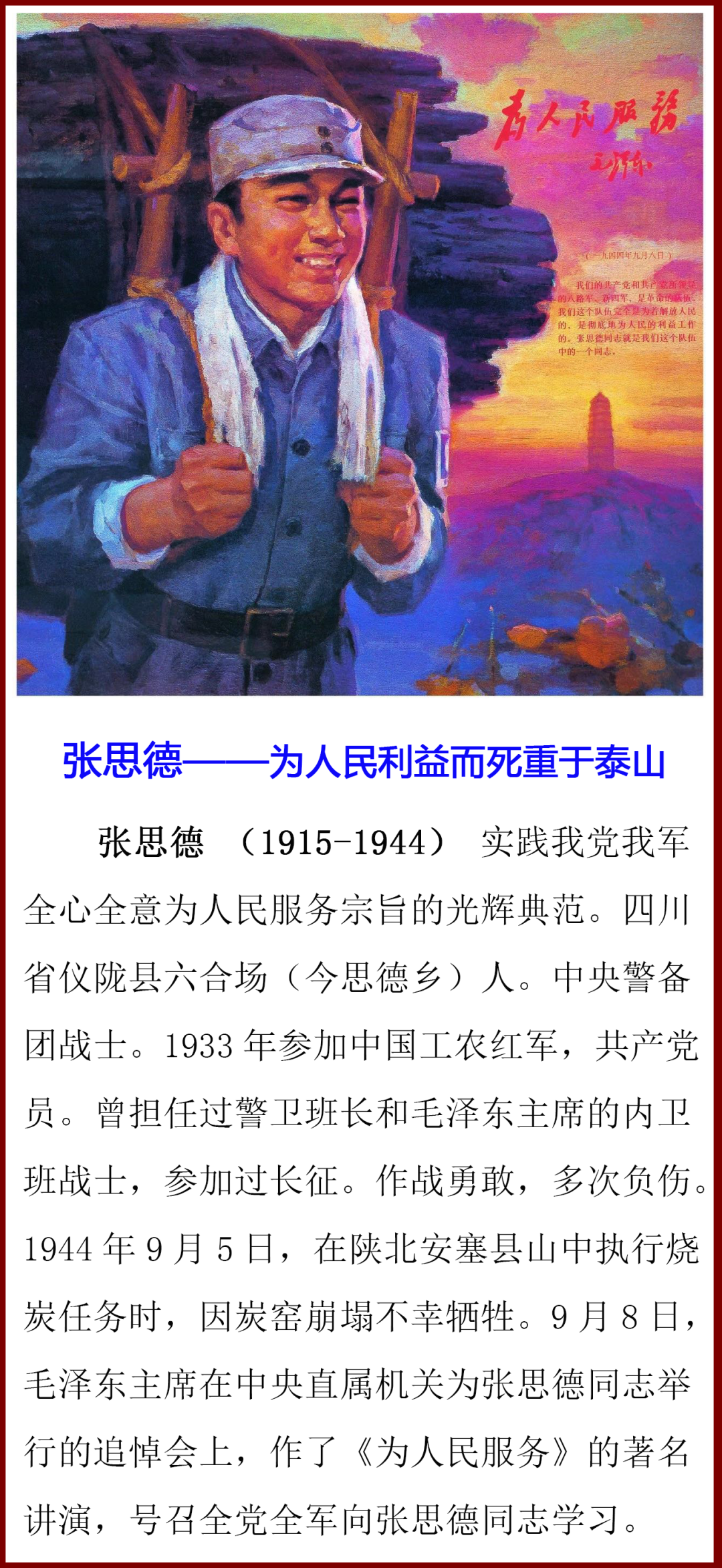
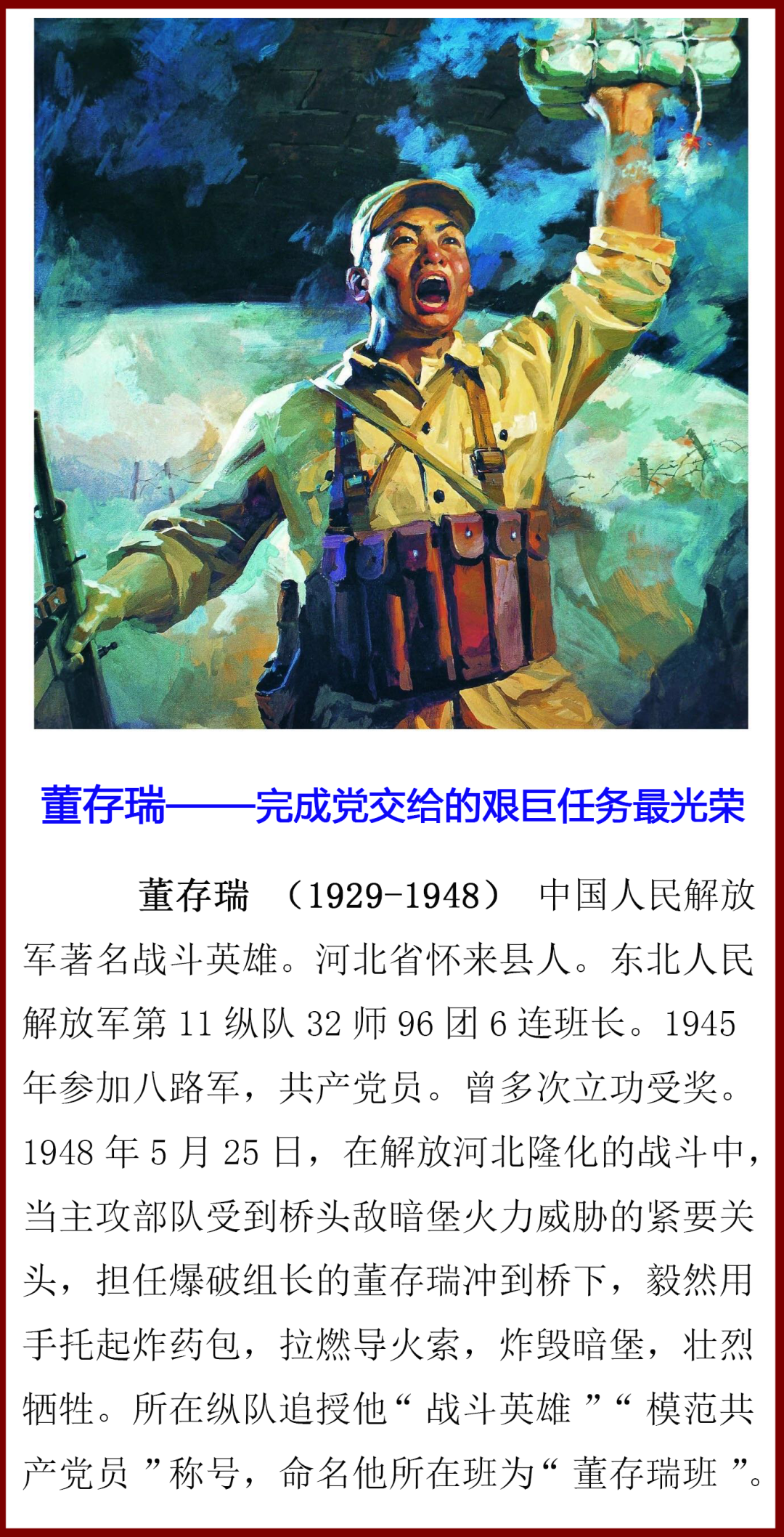

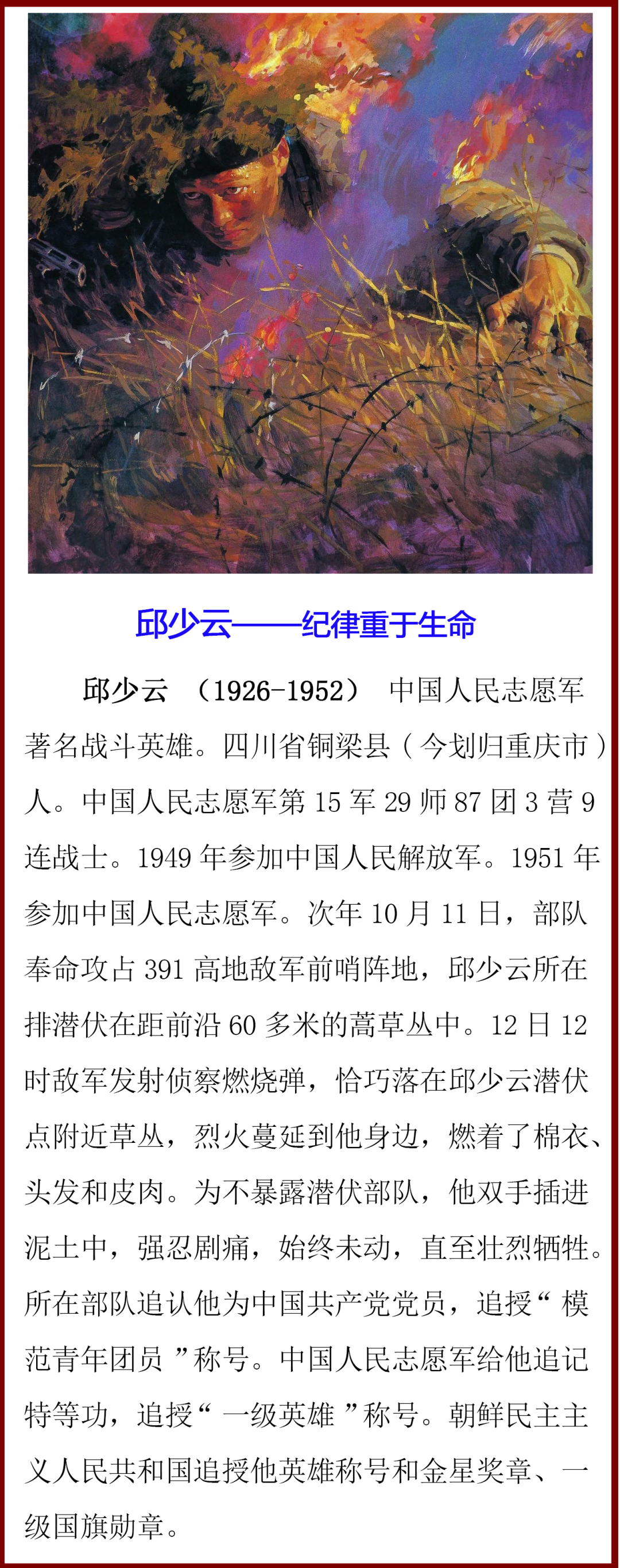
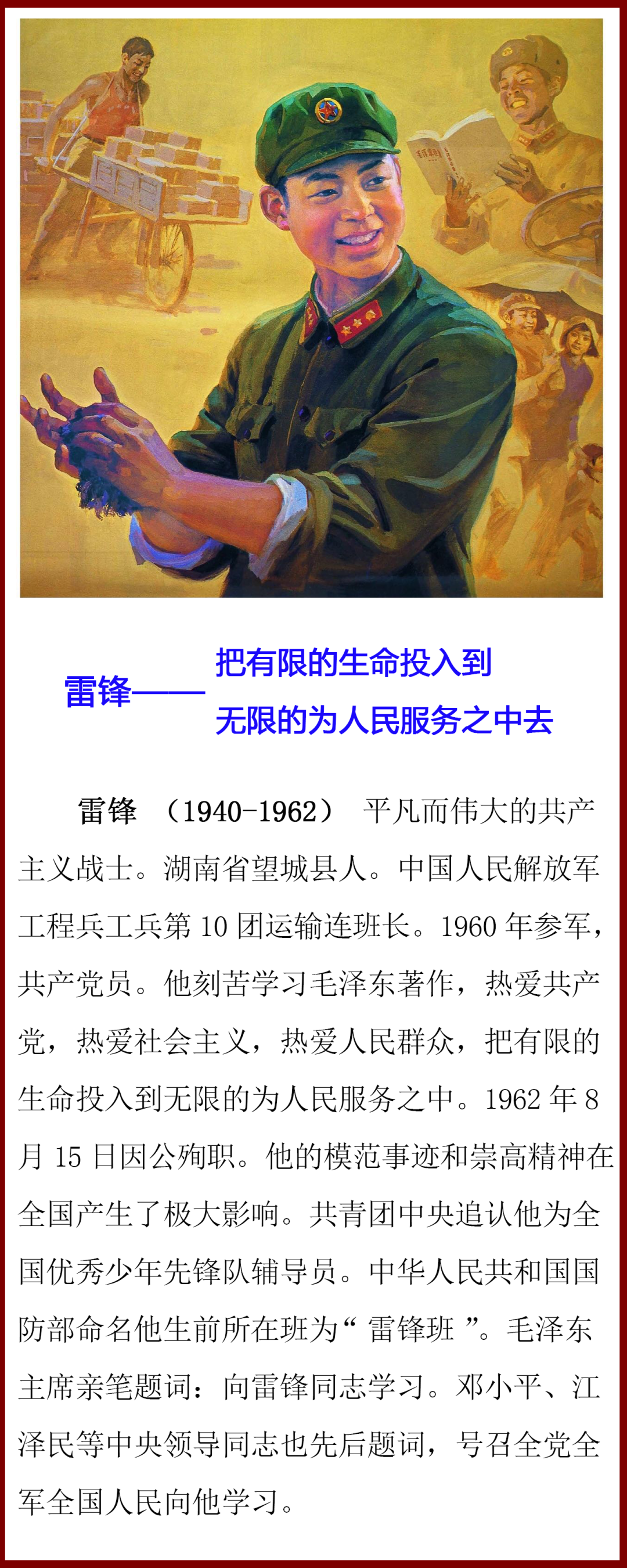




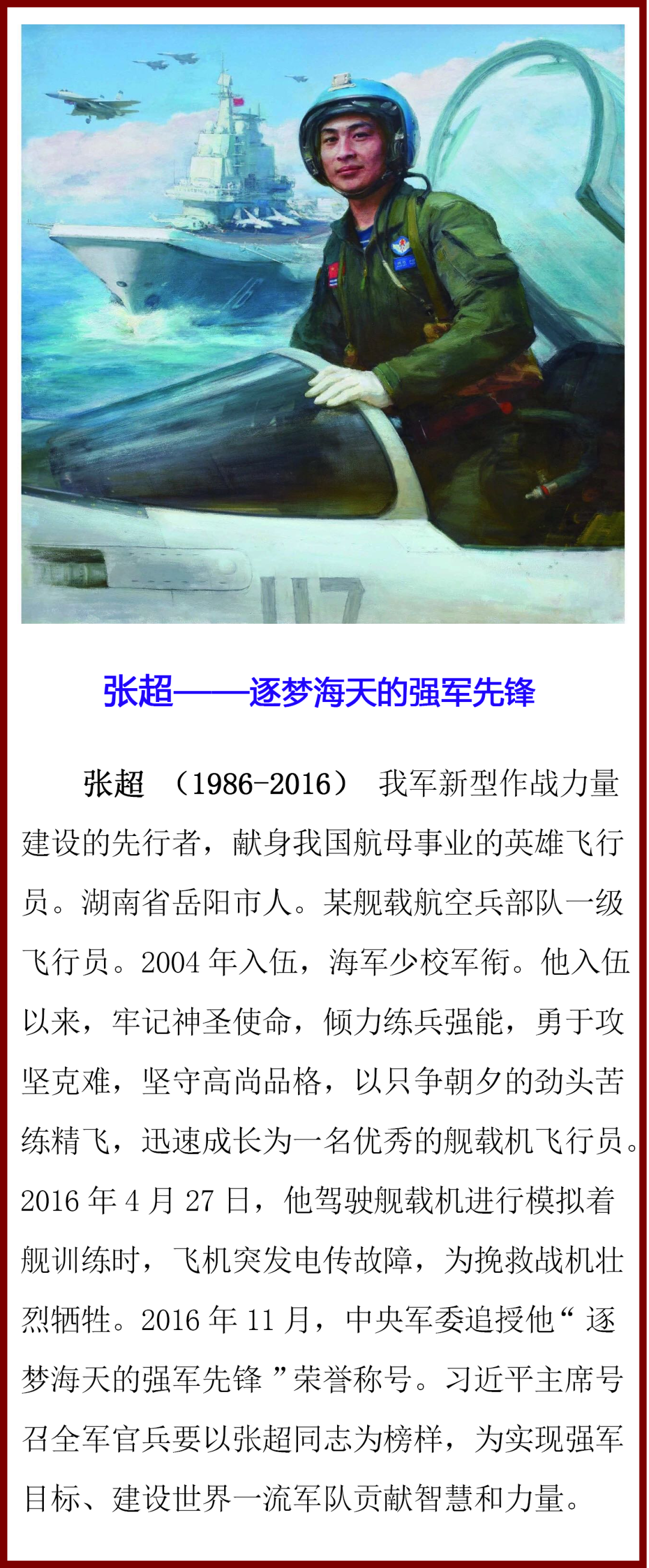

In October 1934, after the fifth anti -"encirclement" failure, the main Red Army of the Central Committee performed the Long March in order to get rid of the encirclement of the Kuomintang army. It broke through the pursuit of the enemy's heavy soldiers, conquered the extremely harsh natural environment, defeated the crisis of division within the party, and more than ten provinces. Long drive tens of thousands of miles, victory reached the Shaanxi -Gansu -Ningxin area, and realized the main conference division of the Red Army.
The victory of the Red Army's Long March has realized the strategic policy of the Party Central Committee to the north of the anti -Japan, opened up the road of light from the Chinese revolution, and laid an important foundation for the progress of the Chinese revolution.
Click to watch the video to understand
China Workers and Peasant Red Army Long March routes 军
(Video for reference only)
Subjective
Basic route of Chinese workers and farmers' red military Long March:
瑞金(1934年10月)→湘江战役→遵义会议→四渡赤水→巧渡金沙江→强渡大渡河→飞夺泸定桥→翻越夹金山→懋功会师→两河口会议→翻越松潘草地→激战Lazikou → Wuqi Town Hui Master → Huining Master (October 22, 1936)
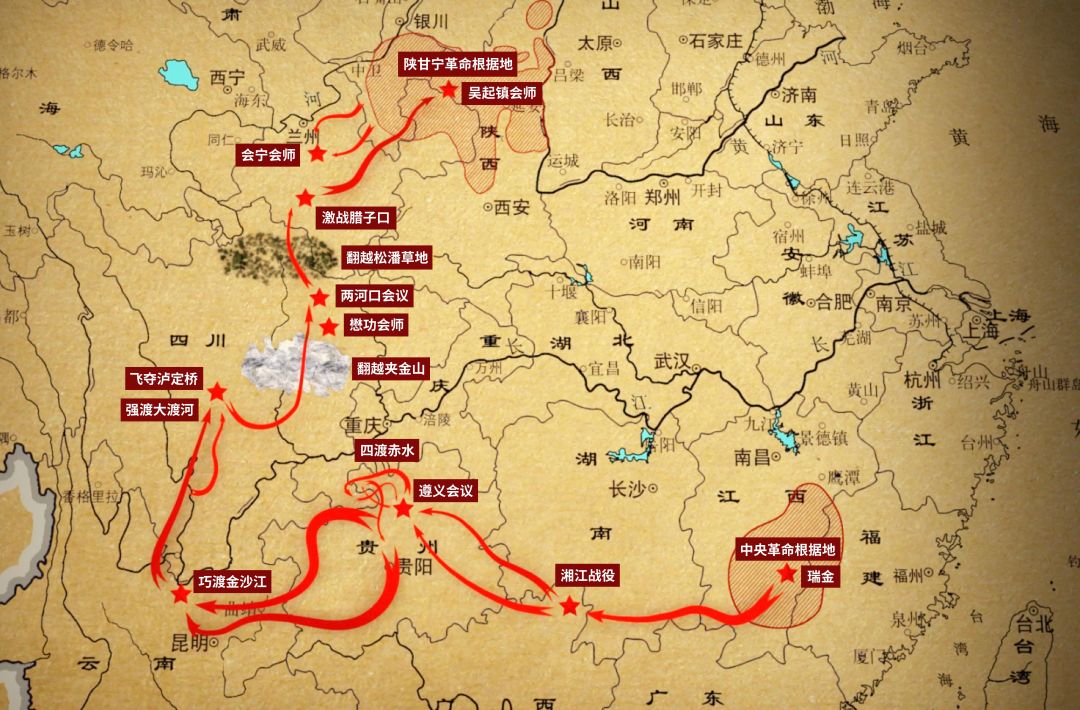
Chinese Workers and Peasant Red Army Long March route diagram
① The Red Army Long Zheng starting point: Ruijin
Time: October 1934
Location: Ruijin City, Jiangxi Province
The Central Committee of the Communist Party of China, the Central Military Commission, and the Soviet Central History and Government Organs, and Mao Zedong, Zhou Enlai, Zhu De, Bogu and other leaders led the Red Army's main force for more than 86,000 people to start from Ruijin and were forced to implement a strategic transfer.
② Xiangjiang Battle
Time: November 27, 1934 to December 1st
Location: upstream of Xiangjiang River, Xing'an County, Quanzhou County, Guanyang County in Guangxi
The Xiangjiang Campaign was the most powerful and critical battle since the Central Red Army broke through. Our army and the enemy's hard battle, finally to tear up the blockade of the enemy's heavy troops, crushing the Chiang Kai -shek's attempt to wipe out the Red Army in the east of the Xiangjiang River.
③ Zunyi Conference
Time: January 15-17, 1935
Location: Zunyi City, Guizhou Province
The Political Bureau of the Central Committee of the Communist Party of China held a expansion meeting in Zunyi. The meeting focused on the lessons of the fifth experience of anti -"encirclement" failure. The Zunyi Conference is a meeting that the Communist Party of China independently used Marxism -Leninism to solve its own routes, guidelines, and policy issues independently. The Zunyi Conference saved the party, saved the Red Army, saved the Red Army, and saved the Chinese Revolution in the history of the extremely critical historical juncture. It was a turning point of life and death in the history of the Communist Party of China and the Red Army. ④ Sudu Chishui
Time: January 1935 to March 22
Location: Chishui River Basin at the junction of the three provinces of Guizhou, Sichuan, and Yunnan
The Battle of the Akudo Chishui was a decisive movement battle under the Long March on the way to the Long March on the way of the Long March, under the arduous conditions of the Kuomintang's hundreds of thousands of heavy soldiers. Under the commands of Mao Zedong, Zhou Enlai, Zhu De, etc., the Central Red Army adopted a highly mobile policy and galloped in the vast areas of Sichuan, Guizhou, and Yunnan border. On the arrogant plan of the Yunnan border, the Red Army achieved a decisive victory in a strategic transfer.
⑤ Qiaodu Jinshajiang
Time: May 3-9, 1935
Location: Jinsha River, Jinshajiang Jinsha River, Lulin County, Yunnan Province
Qiao Du Jinsha River made the Central Red Army get rid of the pursuit of hundreds of thousands of the Kuomintang army, crushing the plan of the Chiang Kai -shek to wipe out the Red Army in Sichuan, Guizhou, and Yunnan regions. Avoid a wonderful military operation.
⑥ strong crossing Dadu River
Time: May 24-25, 1935
Location: An Shunchang, Aya Prefecture, Sichuan Province
The Dadu Dadu River is a battle of life and death by the Red Army. Whether it can cross the river is the key to the Chinese revolution. In order to cross the Dadu River, before the start of the operation, the leader of the auge attached great importance to the battle. They formulated a plan for crossing the river together with the combat forces, and emphasized the significance of this crossing of the river, so that the combat forces have enhanced their confidence, drummed the courage, and laid a solid foundation for the victory of the operation.
桥 Flying to Luding Bridge
Time: May 29, 1935
Location: Luqiao Town, Luding County, Ganzi Tibetan Autonomous Prefecture, Sichuan Province
The Central Red Army forced the Dadu River in the central and western regions of Sichuan Province. The north along the east bank of the Dadu River, the main force from the Anshun Farm along the west bank of the Dadu River, and the Red Fourth Military soldiers ran on the rugged and steep mountain road under the heavy rain in the world. Running a day and night reached 240 miles, and finally reached the west bank of Luding Bridge at 6 am on May 29. The 22nd leader and 22 assault players stepped down the bridge along the iron chain along the barrel rain and the fire wall, and occupied the Luding Bridge with the East Bank troops.
金 金
Time: June 1935
Location: Baoxing County, Ya'an City, Sichuan Province
The Central Red Army has overwhelmed the snowy mountains of snow and unpredictable climate in Chuankang's border area. In early July, the Red Army went over Mengbi Mountain, Changban Mountain (also known as Akxia, Matang Liangzi), Cangde Mountain (also known as Changde Mountain, Changde Liangzi), and Gushan (and Snow mountain and other snowy mountains such as Dragkang, Schro Mountain, Taruang). The itinerary in the Snow Mountain area is about 31 days, 1350 kilometers.
⑨ ⑨ 会 ⑨ ⑨ ⑨
Time: June 12-14, 1935
Location: Xiaojin County, Aba Tibetan Qiang Autonomous Prefecture, Sichuan Province
The Red Army and Li Xiannian's first troops led by Li Xiannian were in the victory of the victory. On June 12, the Red Army's pioneer troops turned over Jinshan and arrived at David Town, Daigong County. On the 13th, the first troops of the Red First and Fourth Army settled in the merits. On the 14th, a session was held. On the same day, the Central Committee of the Communist Party of China and the Central Revolutionary Military Commission arrived in David Town. The first and fourth aspects of the army held a celebration division meeting. Mao Zedong and other leaders attended. After the division, the central government decided that the two armies went north to create Sichuan -Shaanxi -Gansu and Su District.
Two Kawaguchi conferences
Time: June 26, 1935
Location: Lianghekou Town, Xiajin County, Aba Tibetan Tibetan Autonomous Prefecture, Sichuan Province
The Sixth Central Political Bureau held a meeting at Lianghekou north of Sichuan. The meeting unanimously passed the strategic policy of establishing Sichuan -Shaanxi Gansu root through the report of Zhou Enlai, and instructed Zhang Wentian to draft a Central Political Bureau to decide. On June 28, the Political Bureau of the Central Committee made the "Decision on the Fourth -Fourth Army's Council of the Fourth Army". The Lianghekou Conference identified a new strategic policy, and went north for the two aspects to further expand the direction of the Soviet movement.
⑪ ⑪ ⑪ ⑪ 草 ⑪ ⑪ ⑪
Time: August 21-26, 1935
Location: north of the Aba Tibetan Qiang Autonomous Prefecture in Sichuan Province
On August 21, 1935, the Red Army began to cross the grass. Two roads on the army and move forward parallel. The right army was led by Mao Zedong, Zhou Enlai, Xu Qianqian, and set off from Maoer in Sichuan to enter Songpan grass. After 7 days of hard work, the right army reached the Banyou area at the end of the grass. The left is Lin Biao's Red Army, and it is first; followed by the central leadership agencies and students of the Red Army University. The Red Thirty Army and the Four Army of the Red Army led by Xu Xiangqian and Chen Changhao. After Peng Dehuai led the Red Three Army Corps, took the left -wing march line.
⑫ ⑫ ⑫ ⑫ 腊 腊 ⑫
Time: September 13th to 17th, 1935
Location: Diebu County, Gansu Province, Gansu Province
The mouth of Lazi is the last pass in the Red Army Long March, and the Battle of Lazaki was included in the Chinese Revolutionary History Book. The victory of this campaign made the Red Army get rid of the danger of being surrounded by the enemy, and completely shattered the Kuomintang army's attempts to use the bad natural conditions to "trap" the conspiracy of the Red Army, creating favorable conditions for the Red Army to enter Shaanxi and Gansu. ⑬ ⑬ ⑬ ⑬ ⑬ ⑬ ⑬
Time: October 1935
Location: central part of Wuqi County, northwest of Yan'an City, Shaanxi Province
Wu Qizhen was the division of the Red Army and the Red Army of Northern Shaanxi. In October 1935, after the Red Army turned over Liupan Mountain, he arrived at Wuqi Town. Wuqi Town's division marks the long march of the Red March of the Red Army to complete the one -year, 11 provinces, and the schedule of 25,000 miles, and began a new stage of fighting for the new strategic task of the Party Central Committee.
: Red Army Long March Final Point: Huining Master
Time: October 1936
Location: Huishi Road, Huishi Town, Huining County, Gansu Province
In October 1936, the three main forces of the Red Army had traveled through the first, second, and fourth aspects, broke through many dangers, and achieved victory divisions in Huining in Gansu. Since then, the world -famous Red Army Long March ended, and the Chinese revolution has opened a new chapter.
The undergraduate subjects not only need to master important events, time and place of the Chinese Workers and Peasants' Red Army Long March, but also the comprehensive quality capabilities of the comprehensive assessment team's reactiveness, synergy ability, and verbal expression ability.
By studying the route of the Chinese Workers and Peasants' Red Army Long March, let's experience the Communist Party in order to save the country and the people with the pace of the Red Army's Long March. We are not afraid of any difficulties and obstacles, and give all the spirit of sacrifice!
Kind tips
National Defense Knowledge Competition in Primary School Group and Middle School Group
Three practical subjects have been pushed up
For the convenience of each exercise
Suggest on this article
Continue to pay attention to related push
This holiday, let's practice it!
Content source: Shenzhen National Defense Education
Edit: Mai Leyao
- END -
Brother soldiers challenged desert off -road, super exciting!
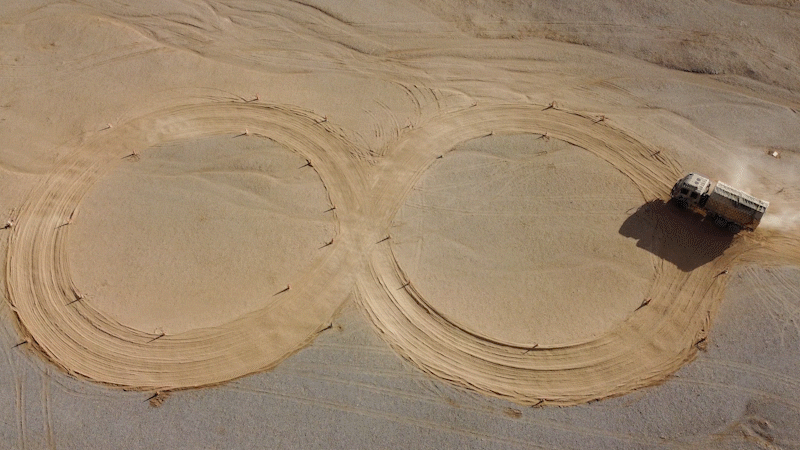
Text 丨 Zhu Linmu (Video: Zhu Linmu)Recently, a brigade of the 77th Army conduct...
Soldiers: squad leader, I have something to say to you ...
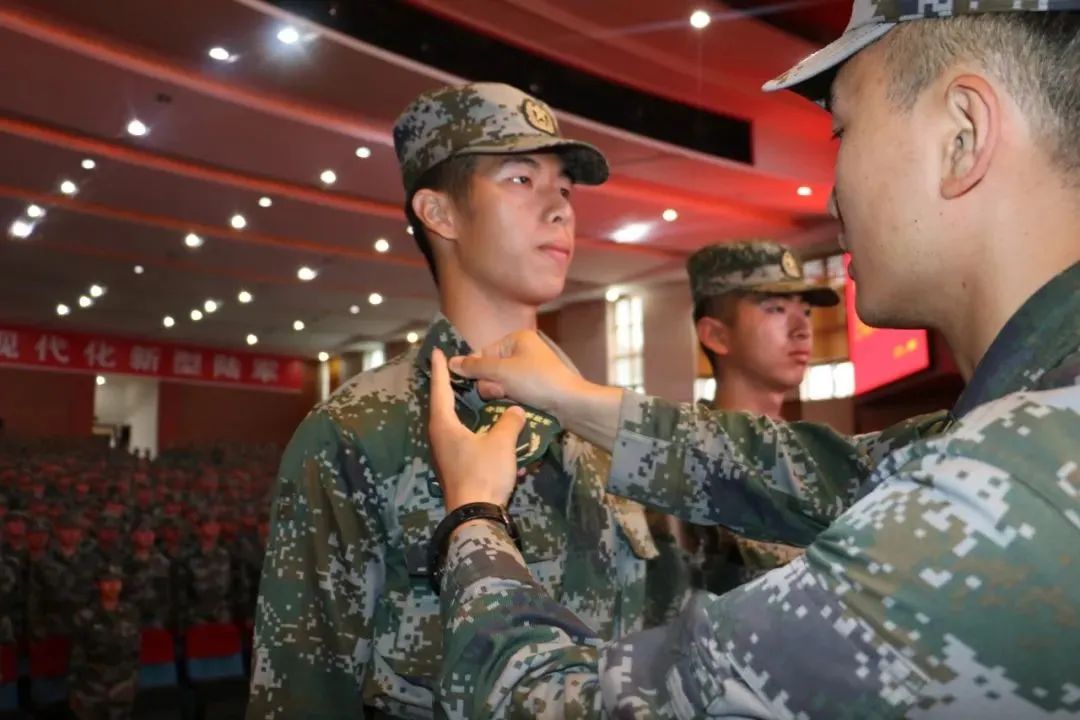
Wen Tu 丨 Zhang Ruijie, Song Zebing, Wang Cheng, Zhang Bin (Video: Feng Lele, Ma...